Eating Away Invasive Species
Overexploitation of natural resources is a growing problem globally. In the case of food production, many fish stocks are overfished, and intensive agriculture leads to biodiversity loss. Unsustainable resource use is harmful, but could dishing up invasive species at the dinner table be a tool to fight another threat to biodiversity?
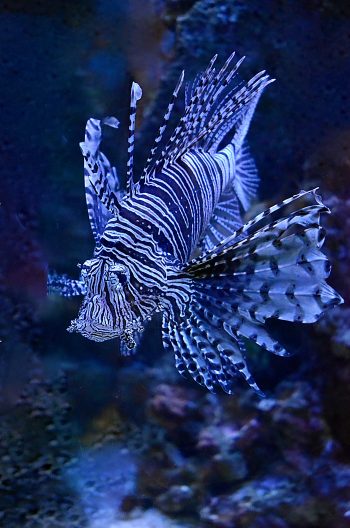
Invasive species cause great ecological and economic harm to the locations they infest, often creating direct and indirect consequences for native species. It has been estimated that invasive species cost 26 billion dollars in the United States annually, and these economic costs include impacts on agriculture, tourism, outdoor recreation, and native fisheries. The impacts felt by invasive species are wide-reaching, and can sometimes counteract control measures. However, efforts to control and eradicate invasive species in the United States have been long-standing, with federal policy targeting invasive species dating back to the 1960s. One strategy gaining traction is invasivorism, first proposed 20 years ago, which is the practice of eating invasive species to suppress their populations. Not all invasive species are edible, for those that are—from plants, fish, snails, crustaceans, and (maybe) rodents—could we eat them out of our local ecosystems?
First, there needs to be a market for them. This involves opening a supply chain for and finding methods of distribution, such as restaurants and fishmongers. Restaurant chefs have gotten on board with this idea and research has been done into how to develop a market for invasive blue catfish (Ictalurus furcatus) in the Chesapeake Bay, finding that increasing consumer familiarity with these food sources promotes a willingness to pay. Species being promoted as food have many available resources on preparing, handling, and recipe suggestions. The effort to eat invasive species has evolved from collaboration between conservation advocates with a variety of skills.
Two species of lionfish (Pterois miles and Pterois volitans), are harming the U.S. Southeast reef systems, and have been promoted by NOAA as a gastronomical candidate for “eating away the problem”. Annual lionfish hunting derbies in the Florida Keys, award prizes for the biggest catches of lionfish, offering free tasting samples and filleting demonstrations. Lionfish is available in restaurants in Florida and the Caribbean, as well as a cookbook of only lionfish recipes. Lionfish consumption is a widely promoted method for population control and in the invaded region a commercial harvesting market has also been established. The flavor of lionfish is described as mild and buttery. Lionfish can be used in a variety of seafood recipes—fish tacos, ceviche, battered, and baked.
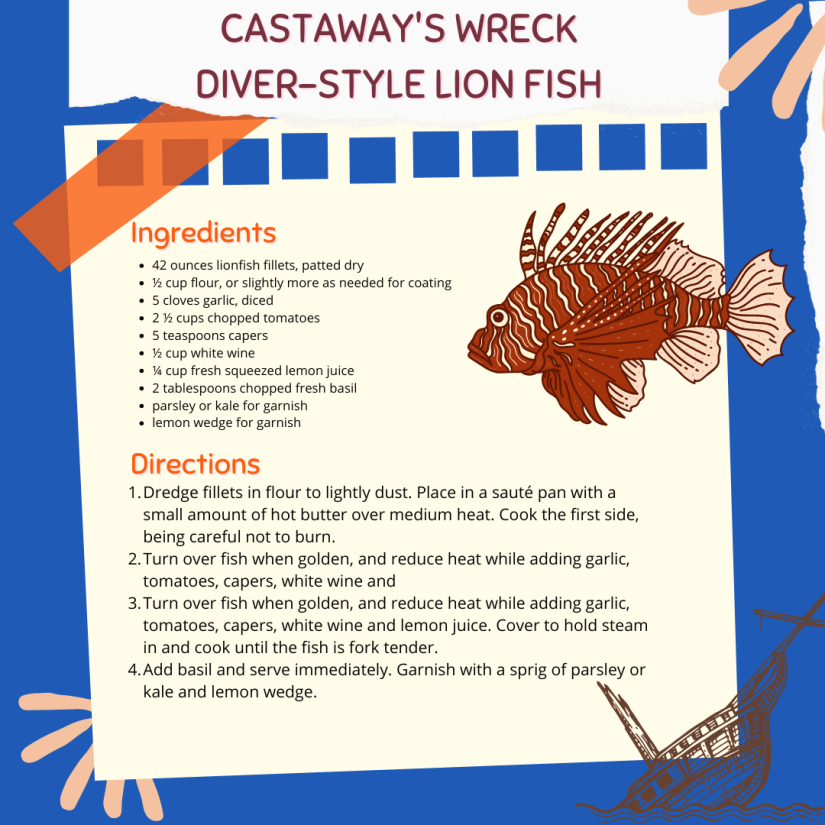
Another delectable invader is the European Green crab (Carcinus maenas), a prolific invasive species that eats local bivalves in the regions it invades and becomes a resource competitor for other organisms. The European Green crab is a global invader, causing significant damage to the East and West coasts of the United States. In Washington, European green crabs are a prohibited level 1 invasive species, live crabs may not be possessed without a permit and there is no fishery for them in the State.
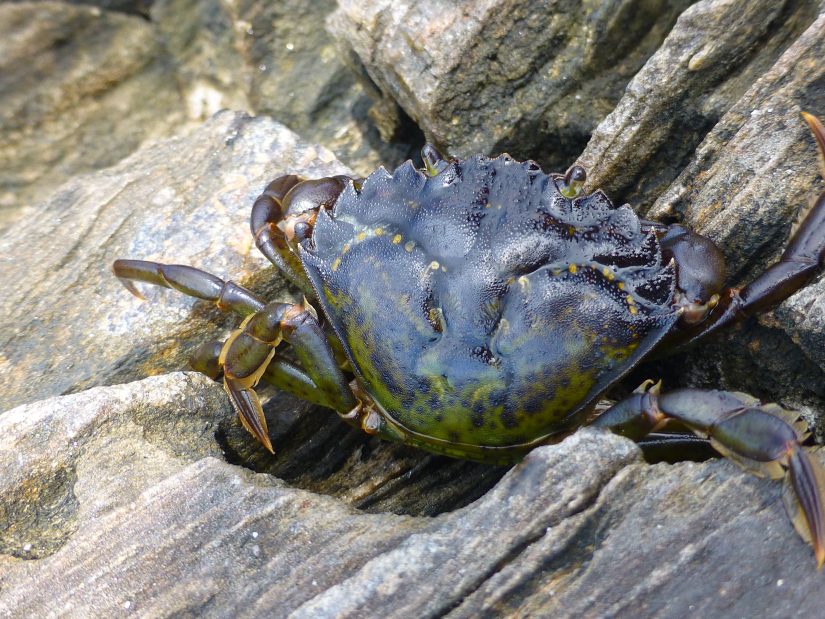
On the East Coast, European green crabs are used in culinary adventures and efforts to develop a fishery have been ongoing. New Hampshire Sea Grant fisheries extension specialist Gabriela Bradt, in collaboration with Tamworth Distilling, created a green crab-infused whiskey, to raise awareness for utilizing an invasive species. GreenCrab.org is an organization with a mission to promote the consumption of green crabs, working with chefs, building a fishery, and offering free recipes and cooking classes. The green crab flavor is described as having a natural umami taste, that is rich, sweet, and complex.
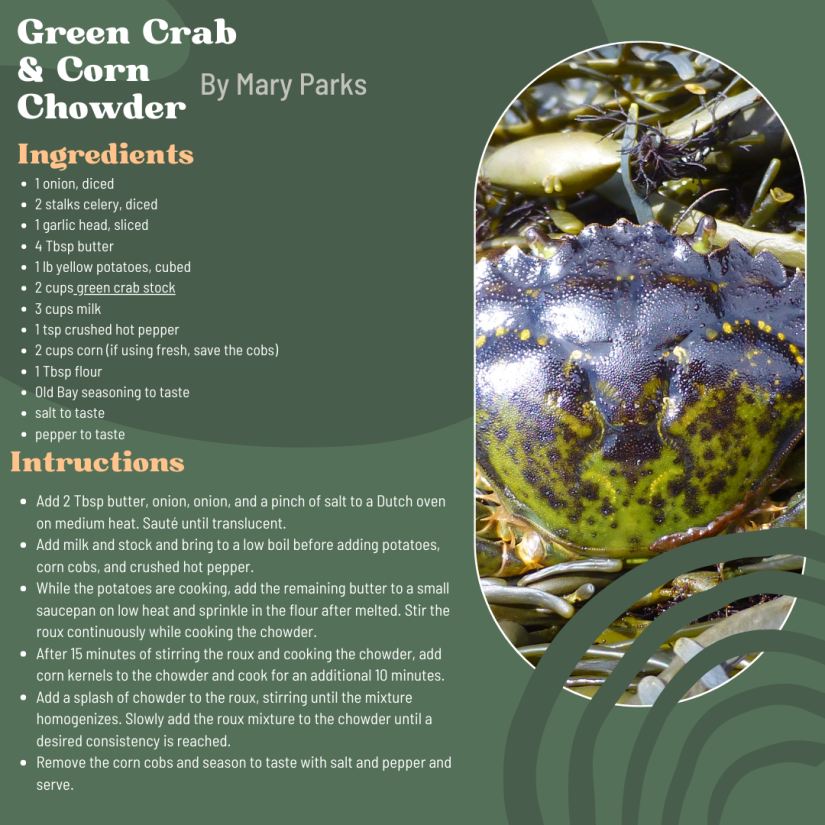
Seafood is a charismatic choice for promoting an invasive species consumption market, but eating invasives isn’t just becoming popular in marine ecosystems. An interesting terrestrial edible invasive is the nutria (Myocastor coypus), a semiaquatic rodent native to South America, and used by North American fur farmers in the 1930s to control aquatic vegetation. These sizable swamp rats have established populations in 16 states, causing damage to wetlands and feeding on native vegetation. They create burrows that cause considerable erosion and their greedy destructive feeding habits tend to destroy aquatic vegetation in short order. While there is no current market for nutria, culinary experimenters are working to change this! At the first annual Invasive Species Cookoff sponsored by the Institute for Applied Ecology in Corvallis, Oregon, a pulled smoked nutria recipe recently took home the prize for best-tasting dish.
A wealth of information on edible invasive species is available at eattheinvaders.org—a website dedicated to fighting invasive species by eating them. Recipes here also find uses for invasive vegetation such as garlic mustard, sow thistle, and prickly pear. Check them out! Would you try any of these recipes?
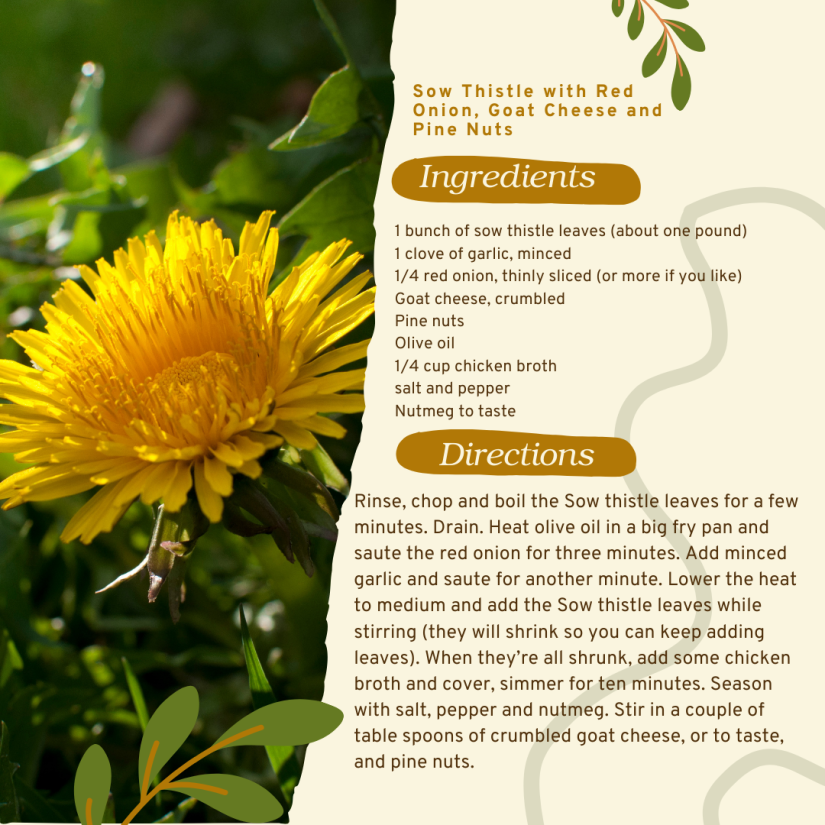
Invasivorism offers a creative tool to combat the complex issue of invasive species. Eating invasive species brings together practitioners from different fields, utilizing their skills for creative (and delicious) solutions, all while increasing public awareness of the ecological harms caused by invasive species. There are a wide array of edible invasive species in the United States that pose an opportunity to get creative in the Kitchen. So what are you waiting for? Let’s all go foraging for a solution!